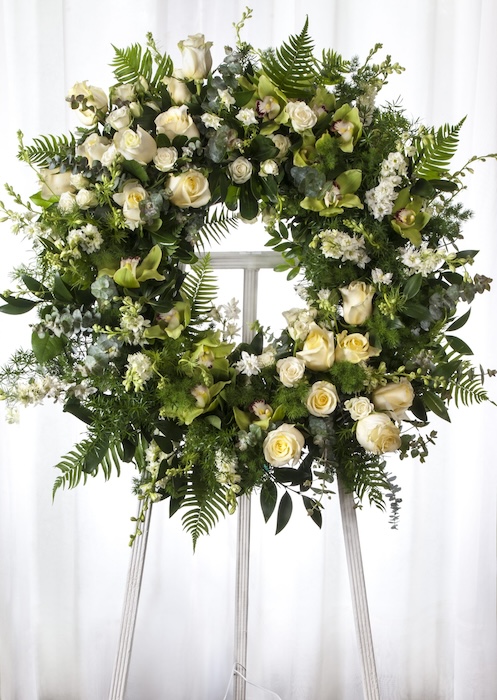
When tragedy strikes and a life comes to its close, the world slows for a moment. Condolence flowers stand as a testament to that pause, a way of expressing our love, respect, and sympathy for the departed. They capture the transient beauty of life, the memories that remain behind, and the universal fragility we all share. This age-old gesture has its own unique tapestry of traditions and etiquettes. Let’s explore this further by weaving through uncommon perspectives.
The Tale of Two Cultures: East Meets West in Flower Etiquette
In the West, chrysanthemums, carnations, and roses are often presented as tokens of respect. Their colors, especially white and light shades, are symbolic of peace, purity, and remembrance. However, traverse to the East, particularly in countries like Japan, and chrysanthemums take on a more solemn note, specifically tied to death and are exclusively used for funerals.
Likewise, in some parts of Asia, the color white is deeply associated with mourning, whereas in the West, white flowers can symbolize innocence and purity. This brings to light the vast mosaic of cultural beliefs and practices associated with funeral flowers.
Beyond Petals: The Silent Language of Flowers
Each flower speaks a silent language, and the Victorians were adept at reading these floral messages. In a time when words of emotion were restrained, flowers did the speaking. For instance, a lily conveyed the message, “my thoughts are with you”, while forget-me-nots whispered of memories and remembrance.
Considering this, sending flowers becomes more than just a gesture. It becomes a silent conversation, a way to communicate grief, hope, and everlasting love without uttering a single word.
Exceptions in Elegy: When Flowers Might Not Speak Right
While flowers are accepted and appreciated in most cultures and religions, it is important to tread with care and respect. As mentioned, those of the Jewish faith might prefer not to receive flowers during mourning. Instead, acts of charity or food might be a more appreciated gesture.
Additionally, for some Buddhist funerals, sending white flowers is the most appropriate gesture, as they symbolize sorrow and mourning. Conversely, red flowers, usually signifying happiness and celebration in many cultures, are considered inauspicious.
It’s a gentle reminder that in our intent to comfort, it’s essential to be sensitive to the cultural and religious backgrounds of the bereaved. The golden rule? When in doubt, always check with the place of worship or funeral home.
The Extra Mile: Personalizing Floral Tributes
Consider a situation where an ardent lover of literature departs. In remembrance, you might send a bouquet accompanied by a bookmark or a quote from their favorite book. This personal touch elevates the gesture from a mere tradition to a heartfelt memory.
Similarly, understanding the deceased’s passions or hobbies can guide a more personalized tribute. A gardener might be remembered with a pot of blooming roses or a bird-lover with a floral arrangement shaped like a bird.
Concluding Blooms
To wrap our exploration, remember that flowers are more than just a customary tribute. They are a medium of expression, a way to weave stories, and an emblem of life’s transient beauty. In moments of loss, they silently whisper love, remembrance, and hope.
So, as you stand by the blooms in a shop, think not just of tradition but of tales, emotions, and memories. Think of the language each petal speaks and the comfort it can bring to a grieving heart. After all, in moments of silence, it’s often the flowers that speak the loudest.
Complete Article ↪HERE↩!
